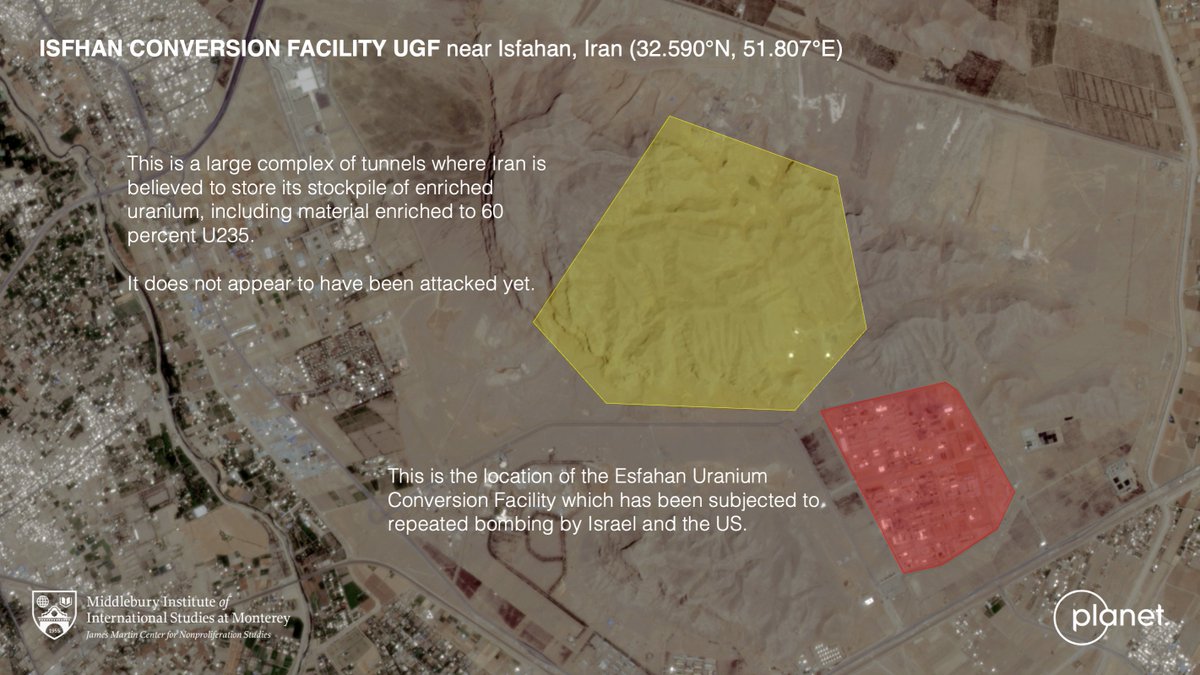The case for the Russian missile that struck Kharkiv on January 2 being a North Koran Hwasong-11 variant is a very, very strong. A short thread building on the work of the #OSINTatMIIS team, especially the amazing @DuitsmanMS.
politico.com/news/2024/01/0…
politico.com/news/2024/01/0…
A point of clarification. North Korea manufactures several variants of the Hwasong-11 including the Hwasong-11A (US designation: KN-23) and the Hwasong-11B (KN-24). We're still not sure which variant was used in the attack on Kharkiv. I made a chart to help you out.




Based on the description of the graphic that the USG handed out, which mentioned both the KN-23 and KN-24, it seems the USG isn't certain either. TBH, the variants look very similar when shiny and new. What's left of the missile at the end of the ride is pretty well-done.
reuters.com/world/europe/r…

reuters.com/world/europe/r…


For our comparison, we have many pictures of North Korean Hwasong-11 SRBMs under production at the February 11 Machine Plant near Hamhung. We also have many pictures of Iskander debris from combat in Georgia, Azerbaijan and now Ukraine.




There are two points to make: First, the debris in Kharkiv is very similar to North Korea's Hwasong 11 A/B. Second, the debris is distinctly unlike Russia's Iskander. Let's look at two bits of the missile: the top of the solid rocket motor and the base. 

The top of the motor has a metal plate covering the access port for the igniter. The North Koreans bolt that plate on the Hwasong-11 A/B with 20 evenly spaced bolts. The Russians use 18 bolts in six groups of three for Iskander. The debris has 20 evenly spaced bolts. 

Another coincidence -- a variant of the Hwasong-11 has an irregular pattern of fastening points around the edge of the casing at the top of the motor. The pattern on the debris matches perfectly. We're not sure which variant (A or B) has that pattern, but we know one does.
The bottom of the missile has four jet vanes for steering the missile. The mechanism that moves the vanes is housed in a little box. The housing on the Hwasong-11 A and B is blocky and trapezoidal. The housing on the Iskander is rounded. The housing in the debris is trapezoid. 

The Ukrainians actually unbolted at least one of the housings and took a picture of it. It looks identical to what we see on the Hwasong-11 A and B.






Last but not least, the base of the Russia's Iskander has circular ports to house penetration aids (countermeasures to fool missile defenses.) North Korea's Hwasong-11 A and B have no PENAIDS in the base, which is smooth as a baby's bottom. The base in the wreckage is smooth.






This is a damning set of similarities. The missile is certainly not an Iskander. The case for this being a Hwasong-11 variant is very, very strong. In fact, I can't imagine a stronger case short of a worker leaving a signed note from Kim Jong Un inside the guidance compartment.
• • •
Missing some Tweet in this thread? You can try to
force a refresh

















